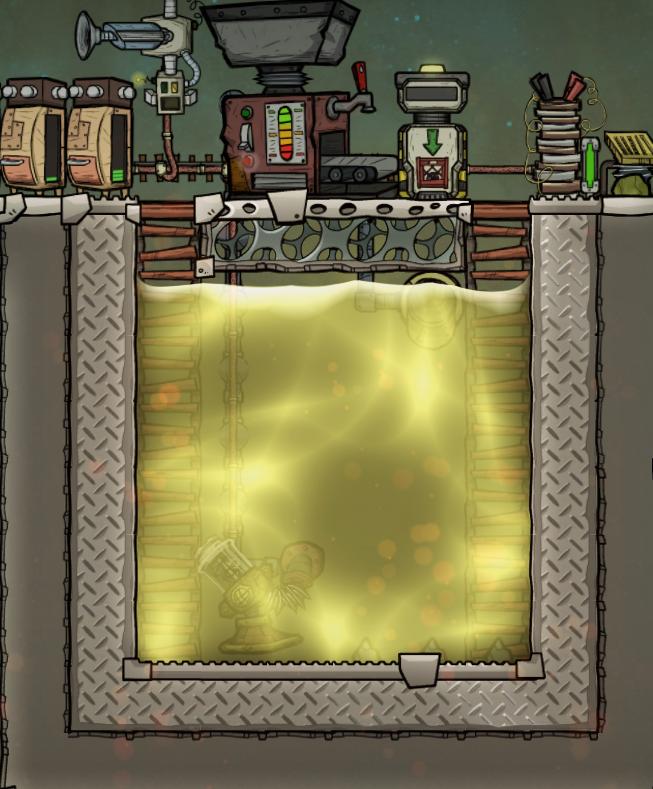

Soil metal(oid) contamination often results from agricultural, mining and metallurgical activities, while accidental spills and/or industrial activities are recurrently the source of soil organic contaminants. Frequently, contaminated sites are characterized by the simultaneous presence of different contaminants, thus potentially increasing their toxicity and environmental impact, and hampering the application of soil remediation technologies.

Chlorinated hydrocarbons appear to a lesser extent (8%) but still are a most relevant issue. In these sites, the most common environmental contaminants are metal(oid)s and mineral oils, affecting 35 and 24% of European contaminated soils, respectively. In Europe, the existence of 2.5 million potentially-contaminated sites has been estimated. Soil contamination, in particular, is nowadays a serious environmental threat and challenge worldwide. Lamentably, different anthropic activities are responsible for the current state of soil degradation through erosion, compaction, contamination, sealing, salinization and loss of organic matter and biodiversity. Likewise, soil is a dynamic living system that serves as habitat for a myriad of organisms (micro-, meso- and macrofauna) with essential roles in nutrient cycling and the mineralization of organic matter. The soil is both a highly complex ecosystem and a non-renewable resource on a human time scale, which harbors a range of physical, chemical and biological processes supporting key functions and essential ecosystem services. Keywordsīioremediation Contamination Phytoremediation Pollution Soil quality Vermiremediation
#OXYGEN NOT INCLUDED POLLUTED DIRT FULL#
Unquestionably, all this must be achieved in full compliance with the binding environmental regulations and, most importantly, via the implementation of economically-feasible (preferably, profitable) strategies of soil remediation. Ideally, any soil remediation method should not only decrease the concentration of soil contaminants below regulatory limits but should also recover soil health and alongside the provision of essential ecosystem services. In consequence, in the last years and decades, more sustainable and innovative biological methods of soil remediation (belonging to the sometimes called “gentle remediation options”) are being developed in an attempt to combine: (i) an efficient removal of soil contaminants (in terms of a decrease of total and/or bioavailable contaminant concentrations), (ii) a reduction of soil ecotoxicity, (iii) the legally- and ethically-required minimization of risk for environmental and human health, and, concomitantly, (iv) a recovery of soil health and (v) associated ecosystem services. Regrettably, most, if not all, traditional physicochemical methods of soil remediation are frequently based on economically-infeasible and/or environmentally-destructive techniques. Nonetheless, due to a wide variety of environmentally-unsustainable anthropic activities, sadly, our soils are currently contaminated at a global scale with a myriad of potentially toxic inorganic and organic compounds. Soil is one of our most important resources as it supports many critical ecological functions and ecosystem services.
#OXYGEN NOT INCLUDED POLLUTED DIRT PDF#
View / Download Pdf Share at Facebook Abstract Journal of Environmental Science and Public Health 4 (2020): 112-133. Biological methods of polluted soil remediation for an effective economically-optimal recovery of soil health and ecosystem services. Received: 17 April 2020 Accepted: 23 April 2020 Published: 05 June 2020Ĭitation: Rafael G. Lacalle, Department of Plant Biology and Ecology, University of the Basque Country (UPV/EHU), Bilbao, Spain Box 644, E-48080 Bilbao, SpainĢDepartment of Conservation of Natural Resources, NEIKER-Basque Institute for Agricultural Research and Development, Basque Research and Technology Alliance (BRTA), Parque Científico y Tecnológico de Bizkaia, P812, 48160 Derio, Spain Becerril 1, Carlos Garbisu 2ġDepartment of Plant Biology and Ecology, University of the Basque Country (UPV/EHU), P.O. Biological Methods of Polluted Soil Remediation for an Effective Economically-Optimal Recovery of Soil Health and Ecosystem Services Article Information


 0 kommentar(er)
0 kommentar(er)
